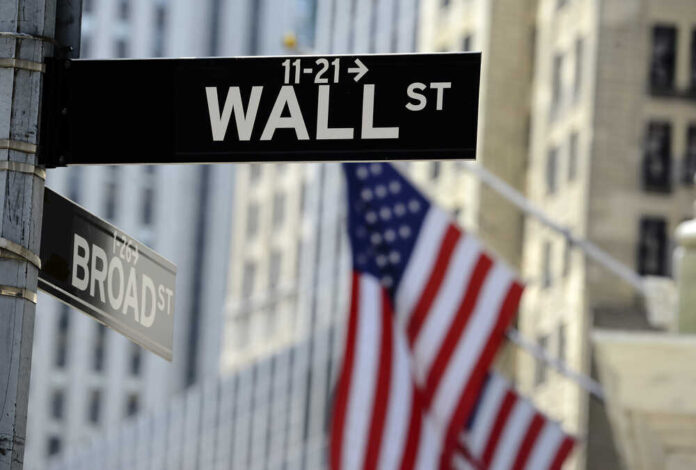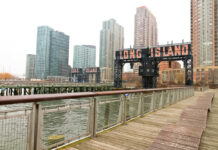Wall Street firms have been progressively departing from New York City recently. Reports suggest the city has incurred losses approximating a trillion dollars due to this exodus.
The motivations behind this mass relocation seem clear: visible homelessness, increasing crime rates, and concerns about undocumented immigrants. The city simultaneously grapples with financial burdens, some tied to the influx of new residents.
This trend has caused a pronounced financial drain from New York City, with states like Florida reaping the benefits. Data from Bloomberg, encompassing 17,000 companies, reveals that close to 160 Wall Street firms have relocated from New York since the end of 2019, accounting for almost $1 trillion in assets under management.
These shifts are reportedly influenced by growing concerns over public safety, tax structures, and the escalating cost of living in the city. Remarkably, these 158 firms, representing around $993 billion in assets, have transitioned along with many of their well-compensated employees.
One notable example is Icahn Capital Management, under the leadership of billionaire Carl Icahn. In August 2020, they transitioned from their esteemed Manhattan location to a Miami suburb closer to Icahn’s residential vicinity.
The repercussions of such significant departures could challenge New York’s fiscal foundation. There’s growing curiosity regarding the eventual occupants of the vacated office spaces and the patrons of the city’s cultural landmarks, not to mention the future landscape of the residential market.
The city appears less vibrant than before, especially in upscale areas like Greenwich Village and the West Village. Many high-end stores have shuttered, leaving behind vacant storefronts. Additionally, parts of Midtown are quieter since not all workers have resumed their regular routines, and tourists haven’t fully returned.
Areas that once radiated energy and felt ever-bustling now have a subdued atmosphere, particularly noticeable after 10 p.m. The city, once dubbed “The City That Never Sleeps,” seems to have adopted a more early-to-bed routine, especially on weeknights. It’s advisable to be cautious when out late.
New York City is grappling with systemic challenges. And as observed in cities like San Francisco, it’s a phase of flux that could presage more transformations before equilibrium is achieved.


















